Introduction Date / Price: 1957 / $820 in 2010 dollars $ 7364 who says ham radio is expensive, today
The Collins KWM-1 is the first amateur band transceiver designed for mobile and fixed station applications. Final amplifier plate input power is 175 watts PEP on SSB or 160 watts on CW. A crystal plug-in unit allows for the selection of ten crystal positions, each covering a 100 kc segment in the frequency range of 14 to 30 Mc. NO 40 and 80 meters, The Pi-L output network with roller-inductor provides for efficient and continuous tuning throughout the entire frequency range of operation. This Radio was Rumored to be used in the U2 that Gary Powers was shot down in.
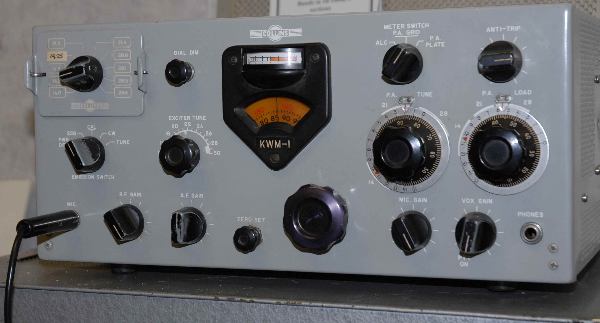

click me ,, to enlarge
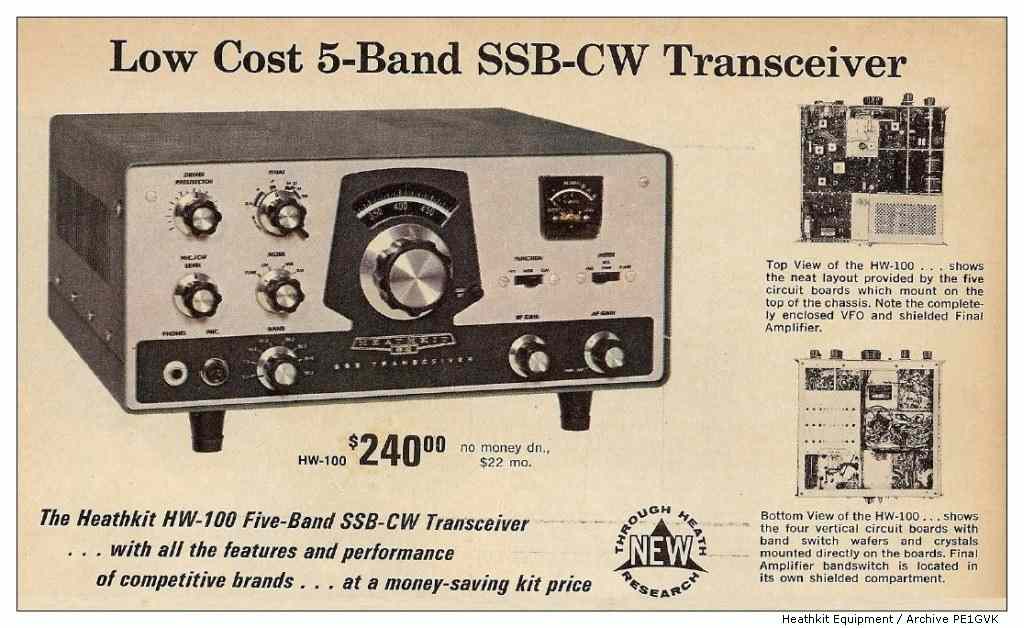
this radio did not have a built in power supply it was extra, $240 in 1966 is $1838 in 2018.. Who says Ham Radio is Expensive in the 2000's , its cheap
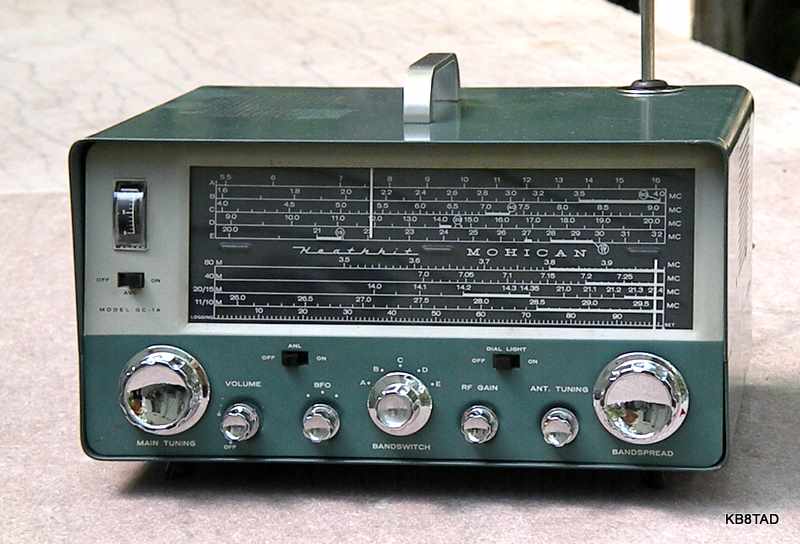
The Mohican
it includes calibrated bandspread for the ham bands and a BFO
for copying code and SSB in 1965 this cost $90, and the accessory 120VAC supply was another $10 in 2018 dollars $800 !! and you think Ham Radio is expensive now.
For more info about his radio please visit KB8TAD https://people.ohio.edu/postr/bapix/hMohican.htm
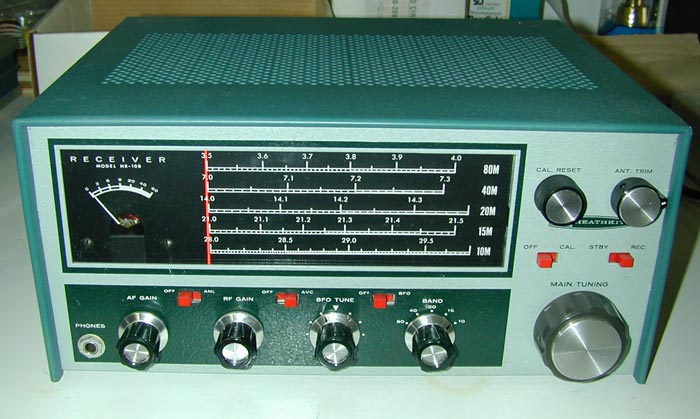
Heathkit HR-10B Receiver
- Amateur band coverage only (80 through 10 meters) for high stability & tuning accuracy
- Tunes SSB, AM, CW
- Large, slide-rule tuning dial—over 6" of band spread
- Tunable RF stage for extra sensitivity
- Prebuilt, preset coil/bandswitch assembly
- Lattice-type crystal filter for high selectivity
Year: 1967–1975 ? Tubes 7: Net weight 20 lb Price in first year of sale $75.00 in 2018 $ $$ 556.54
This handsomely-styled amateur receiver is a perfect match for the DX-60 Transmitter, providing complete high-performance station receiver facilities at low cost!
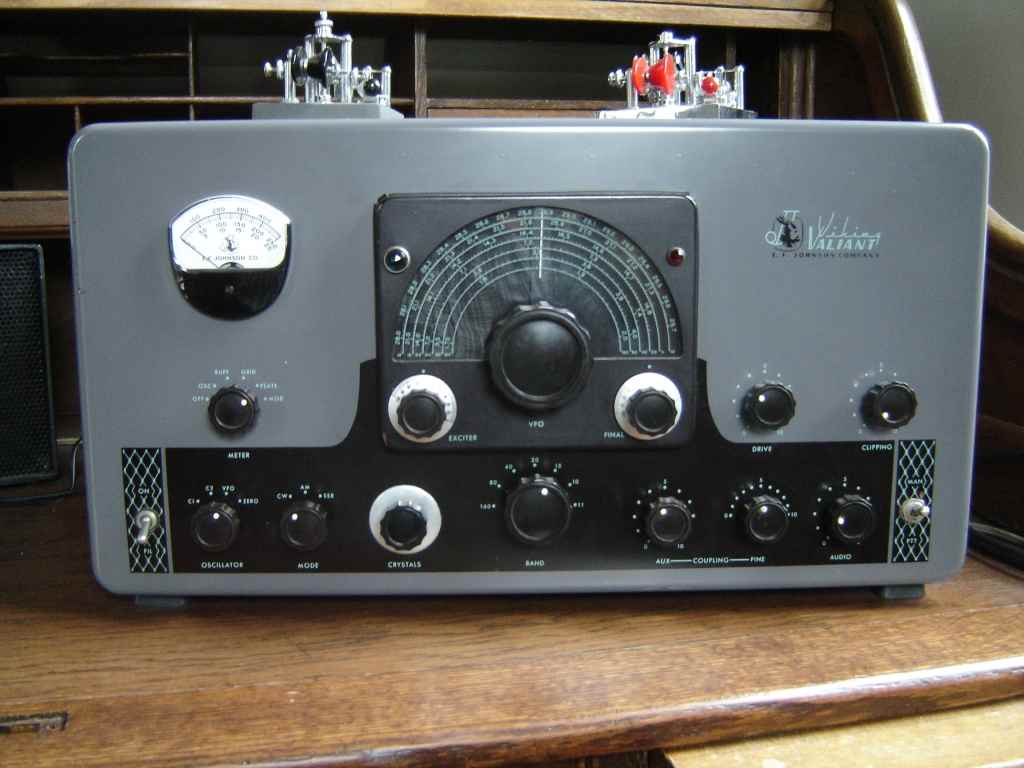
Click it !
Johnson Viking Valiant Modes: AM/CW Bands: 160 - 10 Meters Input Power: 200W-AM, 275W-CW Final Tubes: Three 6146b in parallel There are 18-tubes New Price: $349.50 kit and $439.50 wired Manufactured between 1956-1962 Size: 11.5"h x 21.0"w x 16.25"d Approx. Weight: 73 lbsin 2018 dollars $3,718
now you just need a receiver !
and a Desk that didn't come from Ikea
The one pictured here, was made for connection to a Direction Finding LOOP ,
most receivers only had one antenna jack.. The receivers used a flexible cable, like an old speedometer
cable for remote tuning from the cockpit, the transmitters were set to frequency before a mission.
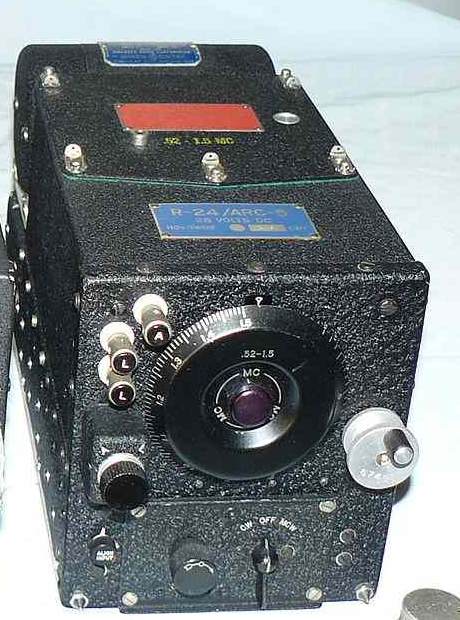
below is the matching transmitter
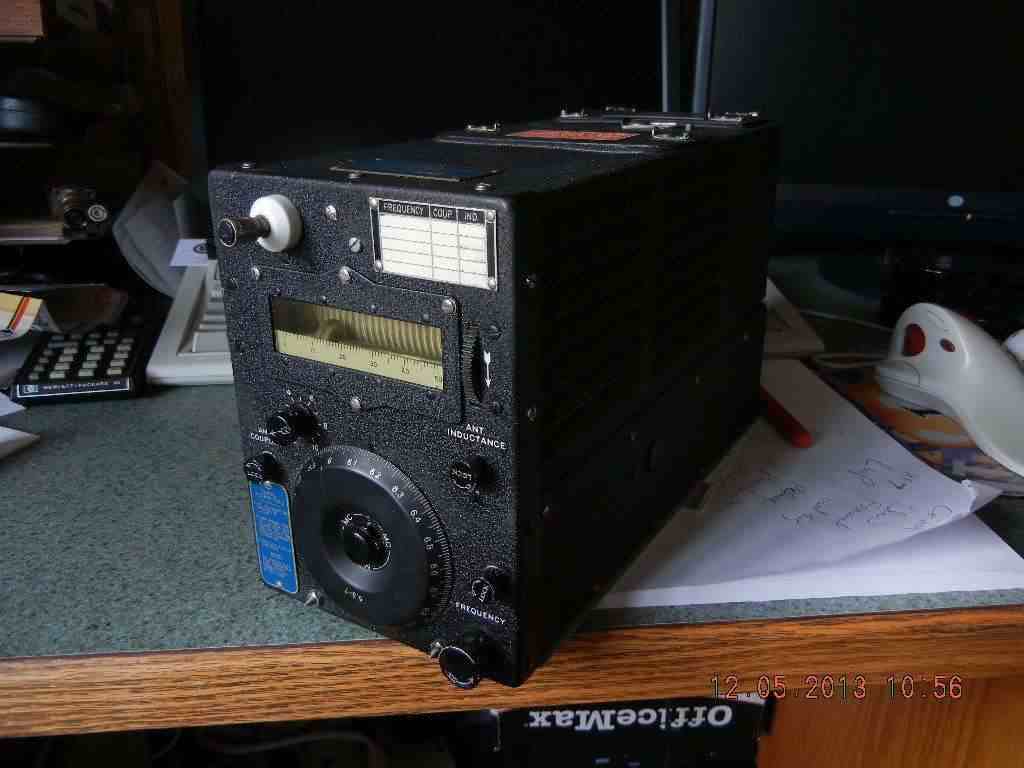
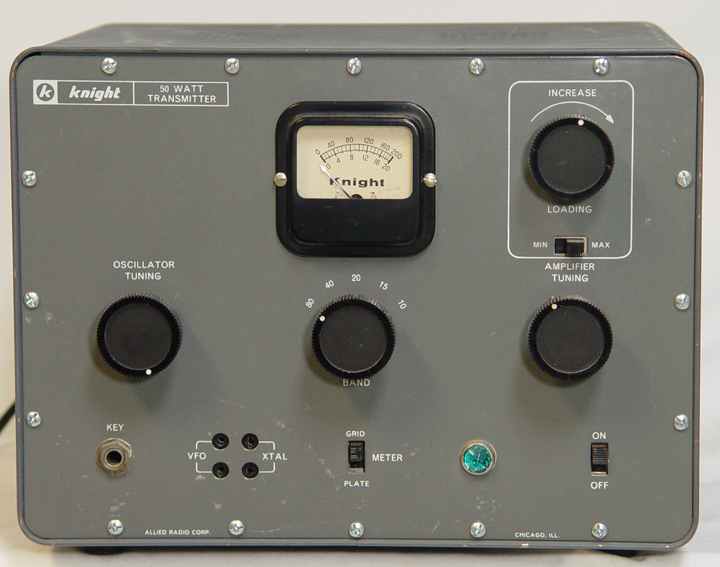
A
crystal controlled 50 Watt NOVICE CW only transmitter,
KnightKit T-50
The Knight Kit Co. was in business from around 1957 to 1966,
advertising in the
Allied radio catalog, and in the pages of
QST and CQ magazines.
Allied Radio, which owned Knight, was in
business from the 1920s. Allied is still in business today selling
electronic parts!
Knight Kit customers were primarily
young,
shortwave listeners, aspiring radio amateurs, and new novices anxious to
get something on the air that they could afford.
